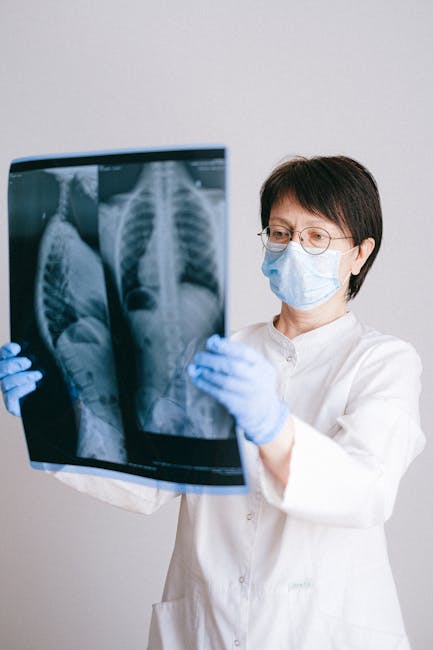
Tips for Keeping Your Pet Calm at the Vet
Tips for Keeping Your Pet Calm at the Vet
Visiting the veterinarian can be a stressful experience for pets—and their owners. The unfamiliar smells, sounds, and handling can trigger anxiety in even the most well-behaved animals. However, with some thoughtful preparation, you can help your furry friend stay calm and make vet visits smoother for everyone involved.
Familiarize Your Pet with the Carrier
For cats and small dogs, carriers are often necessary for transport, but they can also become associated with fear if only used for vet trips. To reduce stress, leave the carrier out in your home with a cozy blanket inside, allowing your pet to explore it at their leisure. Occasionally placing treats or toys inside can create positive associations.
Use Calming Pheromones or Natural Remedies
Products like pheromone sprays (Feliway for cats or Adaptil for dogs) mimic natural calming scents that can ease anxiety. Alternatively, natural remedies such as lavender oil (used safely and sparingly) or vet-approved CBD treats may help relax your pet before the appointment. Always consult your vet before introducing new supplements.
Practice Handling at Home
Gently touching your pet’s paws, ears, and mouth during cuddle sessions can help them become accustomed to the kind of handling they’ll experience at the vet. Reward them with praise and treats to reinforce positive behavior. This practice can make examinations less intimidating.
Keep Your Own Energy Calm
Pets are highly attuned to their owners’ emotions. If you’re anxious, your pet may pick up on that tension. Speak in a soothing voice, maintain relaxed body language, and avoid nervous behaviors like excessive petting or fussing. Your calm demeanor can reassure them.
Bring Comfort Items
A favorite blanket, toy, or even an item of your clothing with your scent can provide comfort in the unfamiliar environment. For dogs, a chew toy might offer distraction, while cats may appreciate a towel draped over their carrier to create a sense of security.
Schedule Wisely
If possible, book appointments during quieter times to minimize waiting room stress. For cats, placing the carrier on an elevated surface (rather than the floor) can help them feel safer. For dogs, a short walk before the visit can burn off excess energy.
Reward After the Visit
End the experience on a positive note with treats, playtime, or extra affection. Over time, your pet may learn that vet visits aren’t so bad—especially when followed by something enjoyable.
By taking these steps, you can help reduce your pet’s anxiety and make veterinary care a more pleasant experience for both of you. A little preparation goes a long way in ensuring their health and happiness!







